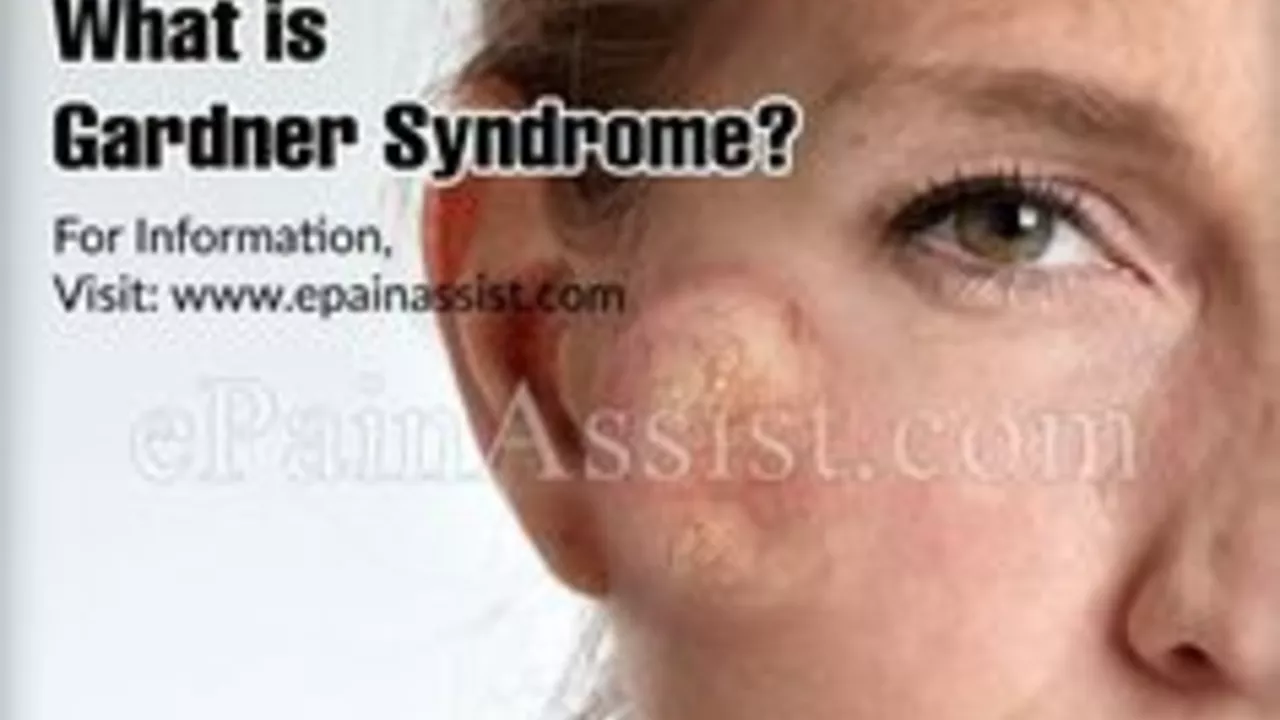Moxifloxacin Allergies: Symptoms, What to Do, and Safer Options
Moxifloxacin is a powerful antibiotic, but if you get the wrong reaction, things can get dangerous quickly. Allergies to moxifloxacin range from a mild rash to life-threatening trouble. The trick is knowing what to watch for—and how to pivot if this drug isn't playing nice with your body.
First things first: allergic reactions to moxifloxacin usually show up as itching, hives, or a rash. Some people get swelling around the face, lips, or tongue. Trouble breathing, chest tightness, or feeling faint is a red flag—call 911 or get emergency help right away if this happens. Even vague symptoms like feeling flu-ish or breaking out in little bumps could mean an allergy brewing.
Let’s be honest, most folks have never heard of moxifloxacin until the doctor brings it up for a stubborn infection. It’s part of the fluoroquinolone family, which means if you’re allergic to one—like ciprofloxacin or levofloxacin—your odds jump for a bad reaction to others in the group. Always tell your doctor about any past weirdness with antibiotics, even if you’re not sure it was a full-blown allergy.
If you’re dealing with side effects and not sure if it’s an allergy, here’s what makes it extra confusing: nausea, headaches, and trouble sleeping pop up for lots of people but don’t mean a real allergy. True allergies involve your immune system going on the attack—think rashes, hives, swelling, or trouble breathing. Mild stomach issues or feeling off aren’t fun but usually aren’t dangerous.
If your doctor confirms a moxifloxacin allergy, you’ve got options. They might recommend antibiotics from a totally different class, like macrolides (azithromycin), cephalosporins, or even penicillin if you’re not allergic to those. It all depends on what you’re treating and your history with other meds. Always ask about the safest backup and double-check that your pharmacy knows about the allergy, too.
Being allergic doesn’t mean you’re stuck if you need antibiotics. If you ever get prescribed moxifloxacin again by mistake, speak up—mistakes happen, especially if your allergy isn’t in every medical record. Keep an allergy list on your phone or wallet just in case.
Want to dive deeper on safe alternatives or see how others handle side effects? Check out other guides and patient stories right here. Navigating allergies can feel overwhelming, but with the right info, you’ll protect yourself and know exactly what questions to ask next time you’re handed a prescription.
Moxifloxacin Allergies: Symptoms, Diagnosis, and Treatment
Moxifloxacin, an antibiotic, can sometimes trigger allergies in people. Symptoms of a moxifloxacin allergy may include rash, itchiness, difficulty breathing, and swelling of the face, lips, or tongue. To diagnose this allergy, doctors usually rely on the patient's medical history and specific tests. Treatment typically involves immediately discontinuing the medication and managing symptoms, which can range from antihistamines for mild reactions to epinephrine for severe ones. Always seek immediate medical help if you suspect a moxifloxacin allergy.
